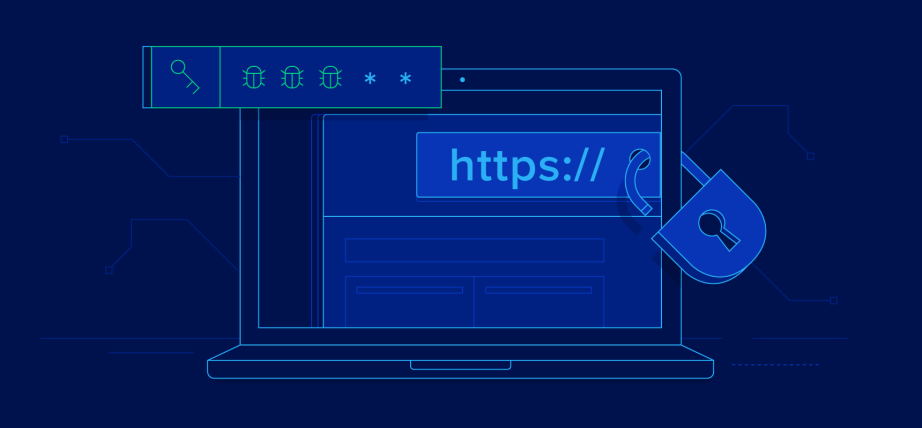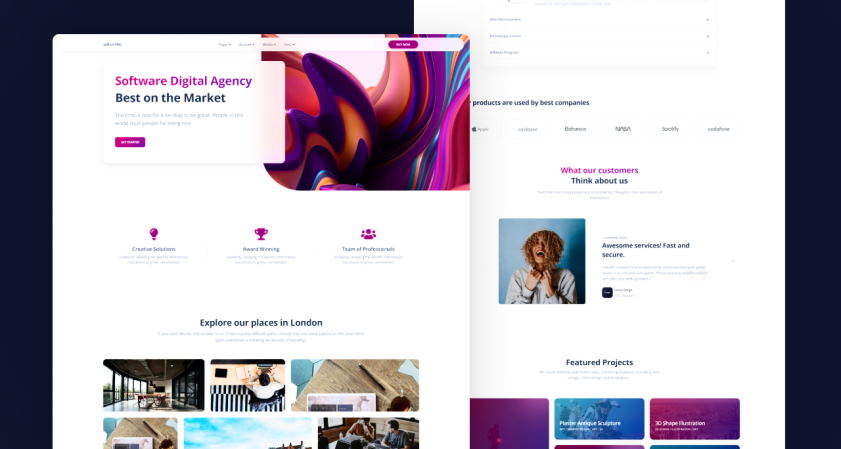Are you an EU-based web design professional who needs to protect your project property from potential copyright infringement? This can be tricky, especially when dealing with international projects and clients. Thankfully, understanding the copyright laws in the European Union (EU), as well as best practices for protecting your work, can be a manageable task. In this article, we will break down exactly what kind of protection is available for web design projects so that you can confidently create engaging and profitable designs without worrying about having your work stolen or misused. So let’s take a closer look at how creatives in the EU can protect their online artwork!
Protect your European web design: EU regulations and legal strategies
The European Union (EU) has developed a number of regulations and legal strategies to protect web design in Europe. These cover copyright, trademarks, data protection, domain names, and other related issues.
Copyright is the most important law for protecting web design in the EU. It applies automatically from the moment an original work is created and grants exclusive rights to its creator/owner. The owner can then decide who may use their work and in what way they may do so. This ensures that businesses can fully benefit from the products they create while preventing others from plagiarizing or stealing their ideas without permission.
Trademarks are also key when it comes to protecting web design in Europe. They provide a way for businesses to differentiate and distinguish their products from those of other companies. Trademarks also help prevent competitors from unfairly profiting from similar or identical designs, which can hurt the original business’s reputation.

Data protection is another important legal measure for protecting web design in Europe. This ensures that personal information remains safe and secure and helps protect against cyberattacks and data leaks. The EU has a number of laws and regulations in place to ensure that data is properly protected, such as the General Data Protection Regulation (GDPR) and the ePrivacy Directive.
Finally, domain names are integral to any website, so they must be protected too. Domain name disputes can be costly and time-consuming, so it’s important to make sure that any domain names are registered correctly and properly protected. The EU has a number of laws in place to help with this, such as the Domain Name Dispute Resolution Procedure (DRDP), which helps protect businesses from cybersquatting.
Overall, the European Union has put a range of regulations and legal strategies in place to protect European web design. These measures cover copyright, trademarks, data protection, and domain name disputes, ensuring businesses can benefit from their products while preventing others from profiting unfairly. As such, it is essential for businesses operating within the EU to familiarise themselves with these laws to ensure the best possible protection for their website designs.
By following these guidelines, businesses can ensure that their web designs are protected from infringement and remain compliant with all relevant EU regulations. This will help to protect the business’s reputation and profitability, as well as its online presence. Ultimately, this will allow them to succeed in an increasingly competitive market. Thus, it is essential for any business operating within the European Union to take advantage of the laws and legal strategies available to protect its web design. It may be a complex area, but with proper understanding and application of the relevant rules, businesses can be sure that they are taking all necessary steps to protect their websites and make them profitable in the long term.

Securing your rights with web design protection in Europe: tips for all web designers
Web design protection in Europe is critical for web designers and developers. With the rapid growth of the digital economy, securing your rights as a web designer or developer is essential. Here are some tips to help you protect your work:
- Register Your Work with Copyright Protection: It is important to register your work with copyright protection to prevent others from using it without permission. This will also allow you to gain legal recourse if anyone does infringe upon your copyrighted material. If registering for copyright protection seems too complicated, consider working with an attorney or law firm specializing in intellectual property law and copyright registration services in Europe.
- Use Contractual Agreements: As a web designer or developer, it is important to use a contract with your clients. This will ensure that all work arrangements between the parties involved are agreed upon and any potential disputes can be resolved in court if necessary. The contractual agreement should include a detailed description of the project, payment details, deadlines, and other related information, such as who owns the copyright at the end of the project.
- Establish an IP Policy: To protect your work further, it is important to establish an Intellectual Property policy for your business. It is important to set clear rules explaining how you intend to protect yourself from infringement claims or plagiarism by others. Remember to detail ownership rights over content and design elements you have developed while working on projects.
- Use Disclaimer Notice: If you provide content and design elements to clients, it is important to include a disclaimer notice on your website or in other documents detailing ownership rights. This will inform third parties that the work belongs to you and prevent any potential disputes arising through copyright infringement.
- Monitor Your Work: It is essential to regularly monitor your work so that you can be sure that it has not been stolen or plagiarized by third parties without your permission. Keeping track of conversations about your work or designs may also help if there is a copyright infringement issue.
By following these tips for protecting your web design rights in Europe, you can ensure that you receive credit for all your work. Copyright protection is important in the digital age, and taking steps to protect your work can help you receive the recognition you deserve.
![The [204] Design Collective](https://www.the204designcollective.com/wp-content/uploads/PIC-LOGO_2.png)



